Behavioral Assessment Instruments
Open Field
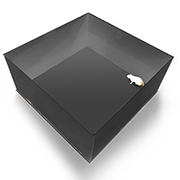 The open field test is a simple task commonly used to measure the exploratory behavior and general activity in both mice and rats, where both the quality and quantity of the activity can be monitored. Principally, the open field (OF) is generally square in shape with surrounding walls that prevent escape. The most basic and common outcome of interest is “movement”; however, this can be influenced by motor output, exploratory drive, anxiety, freezing or other fear-related behavior, sickness, relative time in circadian cycle, among many other variables.
The open field test is a simple task commonly used to measure the exploratory behavior and general activity in both mice and rats, where both the quality and quantity of the activity can be monitored. Principally, the open field (OF) is generally square in shape with surrounding walls that prevent escape. The most basic and common outcome of interest is “movement”; however, this can be influenced by motor output, exploratory drive, anxiety, freezing or other fear-related behavior, sickness, relative time in circadian cycle, among many other variables.
Y-Maze
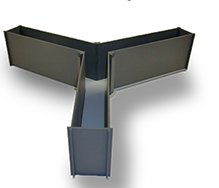 The Y-maze can be used to evaluate short-term memory in mice. Spontaneous alternation, an index of of spatial working memory, can be determined by allowing rat or mice to explore all three arms of the maze and is driven by an inherent curiosity of rodents to explore previously unvisited regions.
The Y-maze can be used to evaluate short-term memory in mice. Spontaneous alternation, an index of of spatial working memory, can be determined by allowing rat or mice to explore all three arms of the maze and is driven by an inherent curiosity of rodents to explore previously unvisited regions.
Social Interaction Box
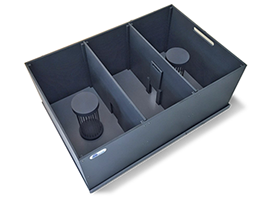 The Sociability Apparatus (3-chambered social test) is a valuable tool for studying the social behavior in rat. It is especially useful for research on autism, parental behavior, sociability and social memory (social novelty).
The Sociability Apparatus (3-chambered social test) is a valuable tool for studying the social behavior in rat. It is especially useful for research on autism, parental behavior, sociability and social memory (social novelty).
Morris Water Maze
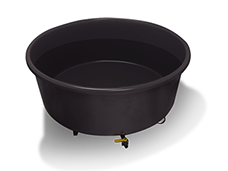 The Morris water maze is one of the most widely used tasks in behavioral neuroscience for studying the neural processes and mechanisms of spatial learning and memory. Rats or mice are placed in a large circular tank of water. They require to escape from water onto a submerged platform whose location can normally be identified only using spatial memory. Spatial learning is assessed across repeated trials and reference memory is determined by preference for the platform area when the platform is absent.
The Morris water maze is one of the most widely used tasks in behavioral neuroscience for studying the neural processes and mechanisms of spatial learning and memory. Rats or mice are placed in a large circular tank of water. They require to escape from water onto a submerged platform whose location can normally be identified only using spatial memory. Spatial learning is assessed across repeated trials and reference memory is determined by preference for the platform area when the platform is absent.
Barnes Maze
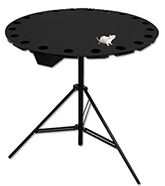 The Barnes maze is a tool used in laboratory experiments to assess spatial learning and memory. It consists of a circular table with about 18 circular holes around its circumference platform. It is based on the assumption that the animal placed into the aversive environment (open and bright open space of the table) should learn and remember the location of an escape box located below the surface of the platform.
The Barnes maze is a tool used in laboratory experiments to assess spatial learning and memory. It consists of a circular table with about 18 circular holes around its circumference platform. It is based on the assumption that the animal placed into the aversive environment (open and bright open space of the table) should learn and remember the location of an escape box located below the surface of the platform.
Elevated Zero Maze
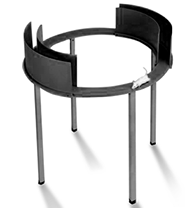 This test is based on two conflicting rodent inherent tendencies: exploring a novel environment and avoiding elevated and open spaces. The apparatus consists of two open and two enclosed elevated arms that form a zero or circle. Time spent in exploring closed versus open arms indicates then the anxiety level of the animal.
This test is based on two conflicting rodent inherent tendencies: exploring a novel environment and avoiding elevated and open spaces. The apparatus consists of two open and two enclosed elevated arms that form a zero or circle. Time spent in exploring closed versus open arms indicates then the anxiety level of the animal.
Useful Links
Fabrication and Testing
Numerical Simulation
Consultation
Contact Us
No. 7, Jalal Ale-Ahmad Street, Tehran, Iran
P.O.Box: 14115-111
Phone: +98 (0) 21 82883865
+98 (0) 21 82884592

